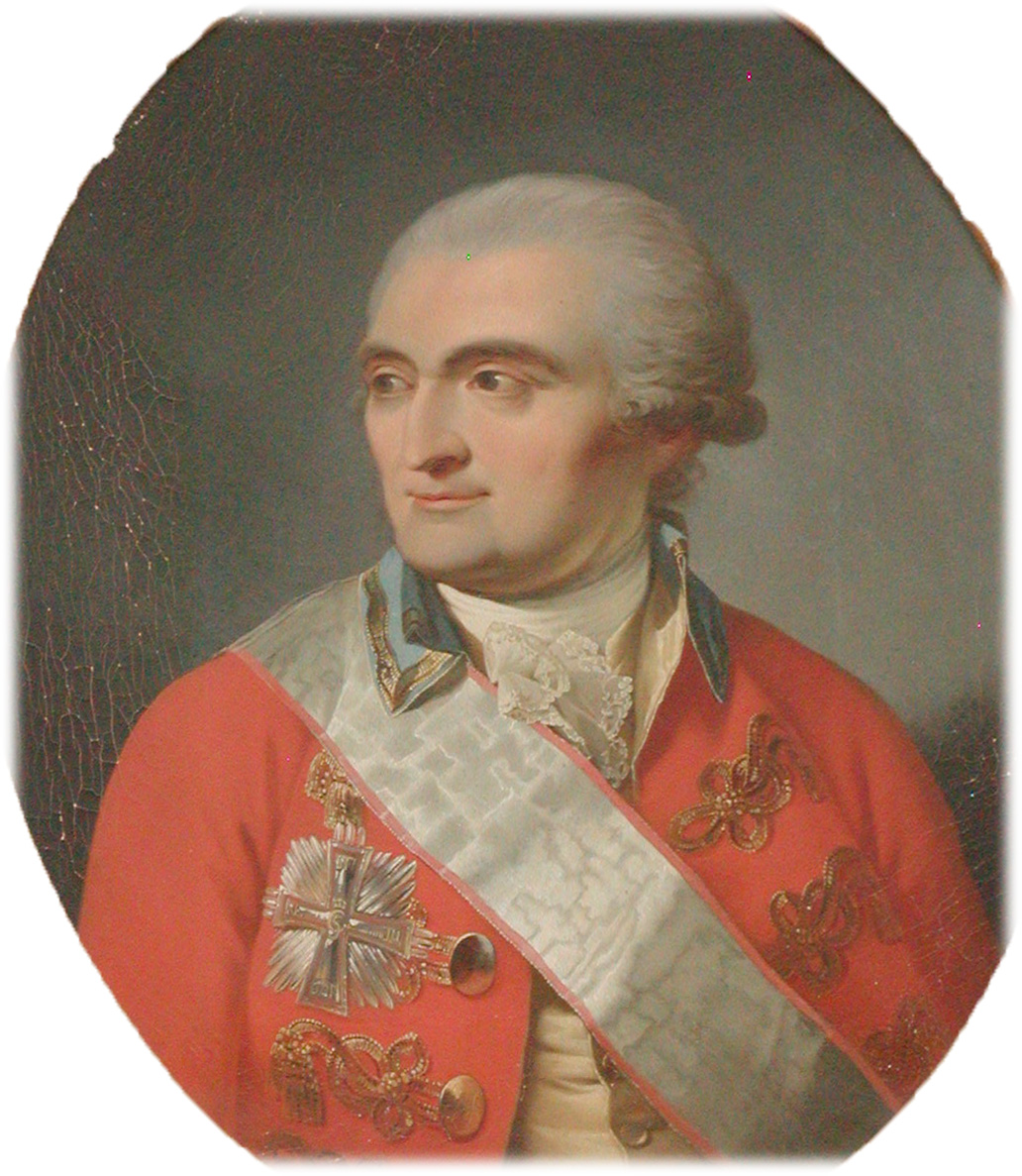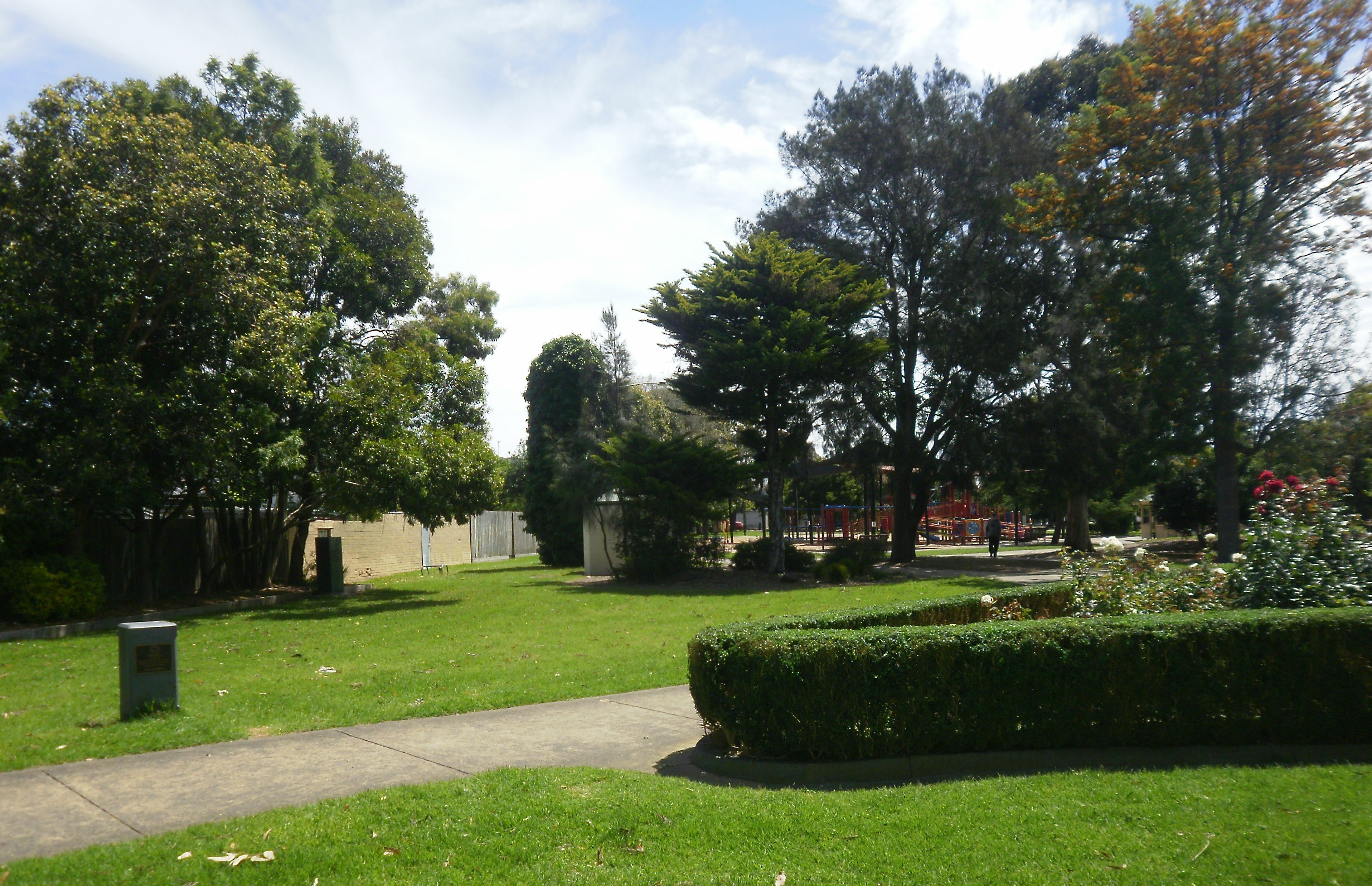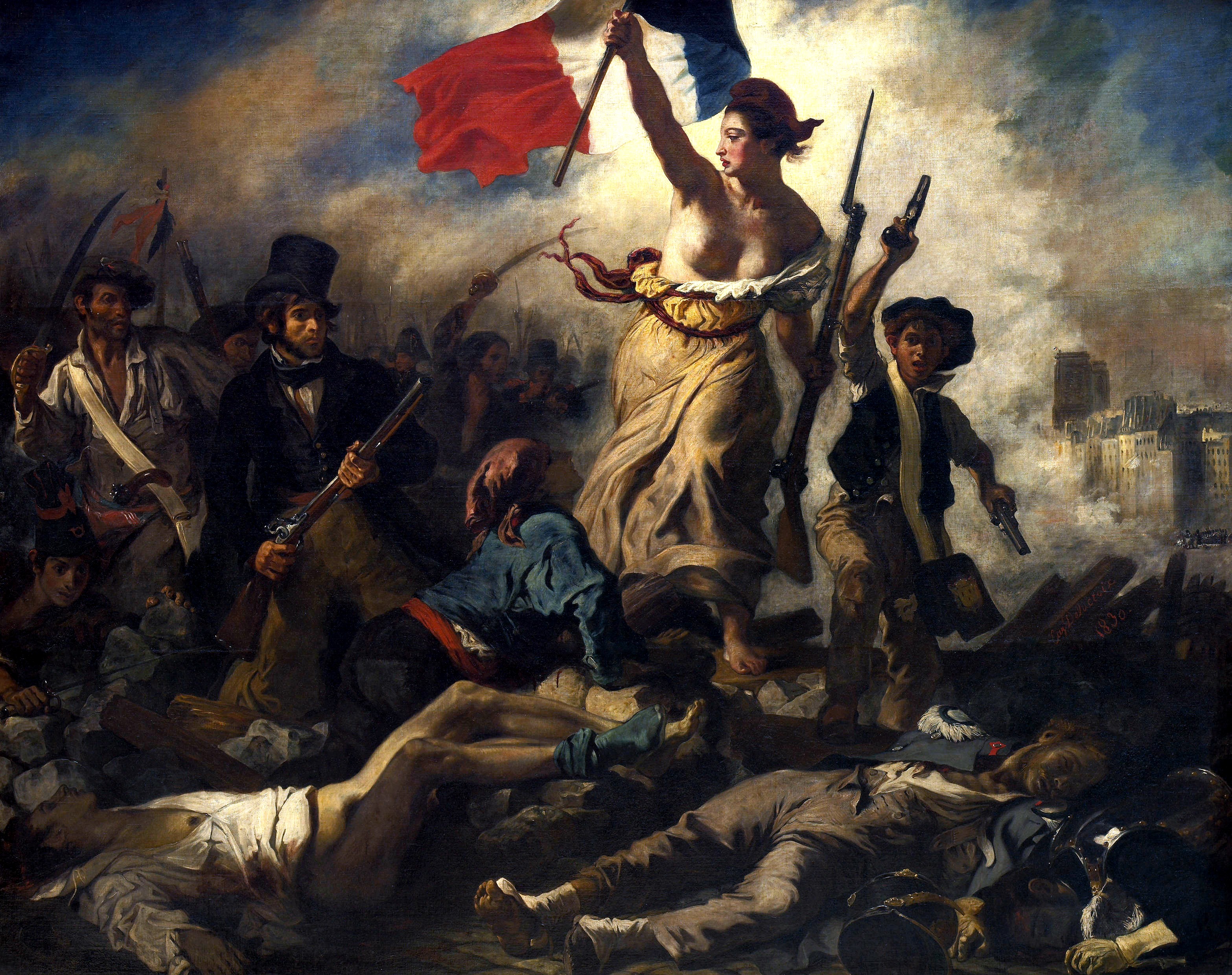|
Aksel Møllers Have
Aksel Møllers Have is a public greenspace and early Modernist housing estate located at Godthåbsvej 35–41 in the Frederiksberg district of Copenhagen, Denmark. One of the stations on Copenhagen Metro's City Circle Line is located on the square. History The Classen Terraces were formerly located at the site. They were built for indigent workers by the Classenske Fideicommis in 1866–1880. Frederiksberg Municipality bought the entire development in 1907 to demolish it, but a shortage of housing and a lack of funds and building materials during the two world wars delayed the plans. The housing estate and associated greenspace was originally called Godthåbs Have. It was built in 1946 to a design by Sigurd Tanggaard. It received its new name, after former Frederiksberg mayor Aksel Møller, on 15 November 1965. Architecture The housing estate is located at Aksel Møllers Have 2–32, Godthåbsvej 35–41 and Bjarkesvej 6. It is 7 to 10 stories tall and is built in red ... [...More Info...] [...Related Items...] OR: [Wikipedia] [Google] [Baidu] |
City Circle Line Being Built October 2015 - Aksel Møllers Have
A city is a human settlement of notable size.Goodall, B. (1987) ''The Penguin Dictionary of Human Geography''. London: Penguin.Kuper, A. and Kuper, J., eds (1996) ''The Social Science Encyclopedia''. 2nd edition. London: Routledge. It can be defined as a permanent and Urban density, densely settled place with administratively defined boundaries whose members work primarily on non-agricultural tasks. Cities generally have extensive systems for housing, transportation, sanitation, Public utilities, utilities, land use, Manufacturing, production of goods, and communication. Their density facilitates interaction between people, government organisations and businesses, sometimes benefiting different parties in the process, such as improving efficiency of goods and service distribution. Historically, city-dwellers have been a small proportion of humanity overall, but following two centuries of unprecedented and rapid urbanization, more than half of the world population now lives in cit ... [...More Info...] [...Related Items...] OR: [Wikipedia] [Google] [Baidu] |
Det Classenske Fideicommis
Det Classenske Fideicommis (literally "The Classen Fideicommiss") is a Danish charitable foundation. By testament in 1789 and his codicil of March 23, 1792, the industrialist Major General Johan Frederik Classen left behind his wealth and possessions as a fund, among other things, to "alleviate poverty and misery". It grants about 2 million kroner ($340,000) annually. Retrieved 26 November 2012. Background  Classen (1725–1792) was an enterprising businessman and industrialist who developed an armaments and munitions factory in northwest
Classen (1725–1792) was an enterprising businessman and industrialist who developed an armaments and munitions factory in northwest [...More Info...] [...Related Items...] OR: [Wikipedia] [Google] [Baidu] |
Parks In Copenhagen
A park is an area of natural, semi-natural or planted space set aside for human enjoyment and recreation or for the protection of wildlife or natural habitats. Urban parks are green spaces set aside for recreation inside towns and cities. National parks and country parks are green spaces used for recreation in the countryside. State parks and provincial parks are administered by sub-national government states and agencies. Parks may consist of grassy areas, rocks, soil and trees, but may also contain buildings and other artifacts such as monuments, fountains or playground structures. Many parks have fields for playing sports such as baseball and football, and paved areas for games such as basketball. Many parks have trails for walking, biking and other activities. Some parks are built adjacent to bodies of water or watercourses and may comprise a beach or boat dock area. Urban parks often have benches for sitting and may contain picnic tables and barbecue grills. The lar ... [...More Info...] [...Related Items...] OR: [Wikipedia] [Google] [Baidu] |
Modernist Architecture In Copenhagen
Modernism is both a philosophy, philosophical and arts movement that arose from broad transformations in Western world, Western society during the late 19th and early 20th centuries. The movement reflected a desire for the creation of new forms of art, philosophy, and social organization which reflected the newly emerging industrial society, industrial world, including features such as urbanization, architecture, new technologies, and war. Artists attempted to depart from traditional forms of art, which they considered outdated or obsolete. The poet Ezra Pound's 1934 injunction to "Make it New" was the touchstone of the movement's approach. Modernist innovations included abstract art, the stream-of-consciousness novel, montage (filmmaking), montage cinema, atonal and twelve-tone music, divisionist painting and modern architecture. Modernism explicitly rejected the ideology of Realism (arts), realism and made use of the works of the past by the employment of reprise, incorpor ... [...More Info...] [...Related Items...] OR: [Wikipedia] [Google] [Baidu] |
Apartment Buildings In Copenhagen
An apartment (American English), or flat (British English, Indian English, South African English), is a self-contained housing unit (a type of residential real estate) that occupies part of a building, generally on a single story. There are many names for these overall buildings, see below. The housing tenure of apartments also varies considerably, from large-scale public housing, to owner occupancy within what is legally a condominium (strata title or commonhold), to tenants renting from a private landlord (see leasehold estate). Terminology The term ''apartment'' is favored in North America (although in some cities ''flat'' is used for a unit which is part of a house containing two or three units, typically one to a floor). In the UK, the term ''apartment'' is more usual in professional real estate and architectural circles where otherwise the term ''flat'' is used commonly, but not exclusively, for an apartment on a single level (hence a 'flat' apartment). In some countri ... [...More Info...] [...Related Items...] OR: [Wikipedia] [Google] [Baidu] |
Kunstindeks Danmark
''Weilbachs Kunstnerleksikon'' (Weilbach's Biographical Dictionary of Artists) is a Danish biographical dictionary of artists and architects. The current edition, which is also freely accessible online, contains the biographies of some 8,000 Danish artists and architects. History The first edition, ''Dansk Konstnerlexikon'' (1878), was the work of Philip Weilbach Philip Weilbach (5 August 1834, Usserød – 22 November 1900, Copenhagen) was a Danish art historian and encyclopedist. He is remembered above all for his pioneering work on the early editions of the biographical dictionary, ''Weilbachs Kunstne ... which he expanded into the two-volume ''Nyt dansk Kunstnerlexikon'' in 1897. In subsequent editions, it became the standard reference work on all notable Danish artists and architects. The third edition, under the auspices of a committee, was published in three volumes (1947–1952) and was said to provide biographical details and information on Danish artists including pa ... [...More Info...] [...Related Items...] OR: [Wikipedia] [Google] [Baidu] |
Søren Georg Jensen
Søren Georg Jensen (4 October 1917 – 20 September 1982) was a Danish silversmith and sculptor. Son of the noted silversmith Georg Jensen, he was the artistic director of the Georg Jensen Silversmithy from 1962 to 1974. Early life and education Born in Copenhagen, Jensen was trained as a silversmith by his father, Georg Jensen. He then attended Bizzie Høyer's drawing school (1931–36) before studying sculpture at the Royal Danish Academy of Fine Arts under Einar Utzon-Frank (1941–45). In 1946, he completed his studies under the Russian sculptor Ossip Zadkine in Paris. Biography One of Jensen's early works was a full-size statue of ''David'' (1946) for which he won the Academy's gold medal. From the beginning of the 1950s, he adopted a Naturalistic approach which became increasingly Abstract. He worked mainly with granite and marble but occasionally with bronze and clay. He also experimented with other materials such as glass or even clay piping. Jensen's sculptural work ... [...More Info...] [...Related Items...] OR: [Wikipedia] [Google] [Baidu] |
Aksel Møller
Aksel Møller (1906–1958) was a leading Danish politician known for his contributions to the conservative thought in Denmark after World War II. He served as the minister of interior from 1950 to 1953 and as the parliament speaker of the Conservative People's Party from 1955 to 1958. He was also a member of the Parliament between 1939 and 1958. Early life and education Møller was born in Asminderød, Fredensborg, in January 1906. He hailed from a conservative family. Poul Møller was his brother. Aksel Møller started his political career in the late 1920s when he joined the Conservative Students and Young Conservatives (KU) groups. He edited the KU publications and also, a journal entitled ''Vor Tid''. Møller received a master's degree in political science in 1933. Career and activities Møller became a member of the Frederiksberg city council in 1937 and was one of the figures which made Frederiksberg a conservative area. He was first elected to the Parliament for th ... [...More Info...] [...Related Items...] OR: [Wikipedia] [Google] [Baidu] |
Sigurd Tanggaard
Sigurd ( non, Sigurðr ) or Siegfried (Middle High German: ''Sîvrit'') is a legendary hero of Germanic heroic legend, who killed a dragon and was later murdered. It is possible he was inspired by one or more figures from the Frankish Merovingian dynasty, with Sigebert I being the most popular contender. Older scholarship sometimes connected him with Arminius, victor of the Battle of the Teutoburg Forest. He may also have a purely mythological origin. Sigurd's story is first attested on a series of carvings, including runestones from Sweden and stone crosses from the British Isles, dating from the eleventh century. In both the Norse and continental Germanic tradition, Sigurd is portrayed as dying as the result of a quarrel between his wife (Gudrun/Kriemhild) and another woman, Brunhild, whom he has tricked into marrying the Burgundian king Gunnar/Gunther. His slaying of a dragon and possession of the hoard of the Nibelungen is also common to both traditions. In other respect ... [...More Info...] [...Related Items...] OR: [Wikipedia] [Google] [Baidu] |



